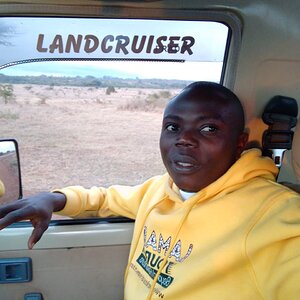Sydkid
TPF Noob!
- Joined
- Jun 24, 2008
- Messages
- 62
- Reaction score
- 0
- Can others edit my Photos
- Photos NOT OK to edit
What's the difference between the two? How would they ultimately effect the outcome of my image? Most dSLRs below the $900 range use mirrors, while most above $900 use prisms. If I found a camera of comparable specs, but one had a mirror, the other a prism, would it be worth it to get the prism?
Thanks.
Thanks.











![[No title]](/data/xfmg/thumbnail/31/31013-b871f1d295c83b831c1423028e1ce5dc.jpg?1619734568)
![[No title]](/data/xfmg/thumbnail/42/42061-9f4eb186c434652d6587c8bcdde59502.jpg?1619739997)

